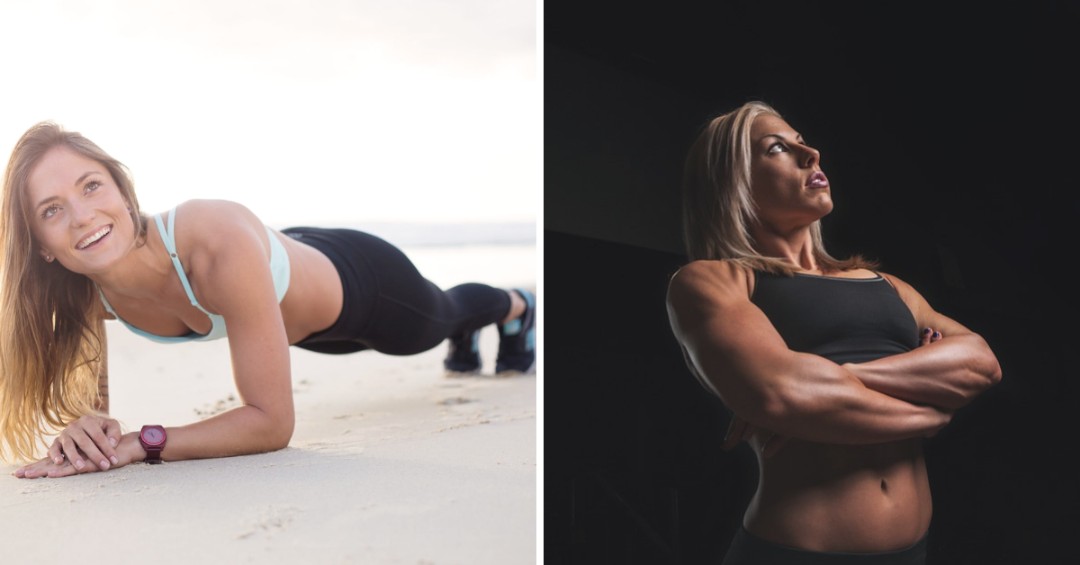Getting in shape usually means we have to lift burdensome dumbbells, bounce our asses around like crazy, and let our body sweat like a pig every after a workout. Not until this non-movement, muscle exercise has been discovered — that guarantees us a consequential strength.
This kind of training can tense up your muscles without moving. Welcome to the world of Isometrics Workout.
I may sound like a caveman, but trust me, I haven’t heard about this method of training, yet I’m buying it! In this article, we will break down the 7 best Full-Body Isometric exercises.
These exercises can be done anywhere without any heavy and weird equipment. You can do a wall squat whilst your favourite show on the telly is on.
Be that as it may, for some of us, all it takes in getting the motivation for a tough workout is a pair of shoes, some good music and a sufficient exercise area. Having said that, many require workout accessories to help us.
That’s why choosing the best workout accessories would be a big help.
What Is Isometric Exercise?
According to the Mayo Clinic, Isometric exercises are contractions of a particular muscle or group of muscles. During isometric exercises, the muscle doesn’t noticeably change length and the affected joint doesn’t move. Isometric exercises help maintain strength.
Isometric exercises can build strength, but not effective. It is because the exercises are done in one position without movement, they’ll improve strength in only one particular position.
Yet, according to our source, this method of training may be helpful to someone who has an injury. Someone who has arthritis, and it may also help lower your blood pressure.
7 Isometric Exercises for a Full-Body Workout
Maybe it’s time for you to take a break from lifting weights that could cause you muscle pains and doing intense workouts with too much equipment. You won’t be needing any equipment for these exercises.
You can do these Isometric exercises anywhere, even at your home! Shall we begin?
The following exercises and images below are courtesy of Active.
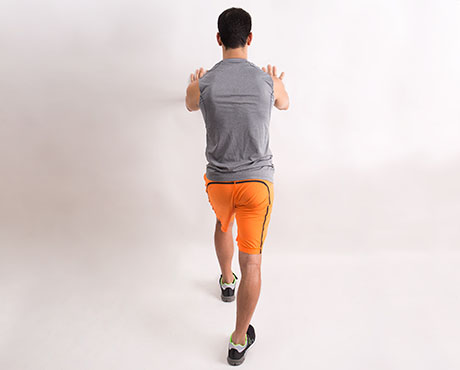
1. Bent-Over Press Against Wall
Start in a low lunge position and place hands on the wall at about chest level. Lean into the wall and push.
The farther down you bend, the more exercises you will target your shoulders. The more you stay upright, the more the exercise will target your chest.
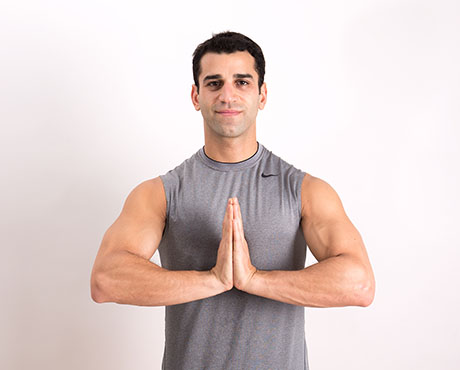
2. Prayer Pose
Place your palms and hands together. The tighter you press, the harder it will be.
This exercise is perfect for your chest.
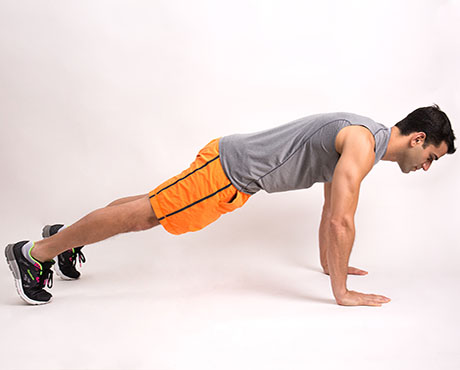
3. High Plank
Get into the top of a push-up position and make sure that your spine is straight. Focus on tensing your upper back muscles as tight as you can.
This will target your core and back.
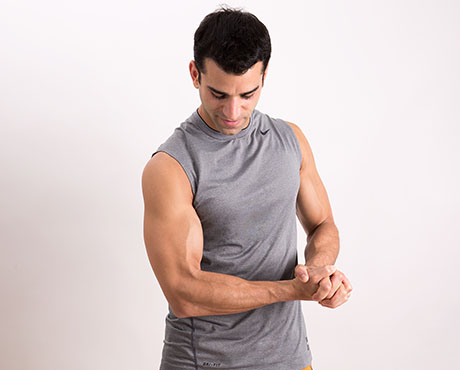
4. Self Arm Wrestling
Bend your right arm at a 90-degree angle, then grab your right hand with your left hand. Push them together as hard as you can.
Whilst your right biceps is preventing your arm from dropping, your left triceps are trying to push your right arm down. Then repeat on the other side.
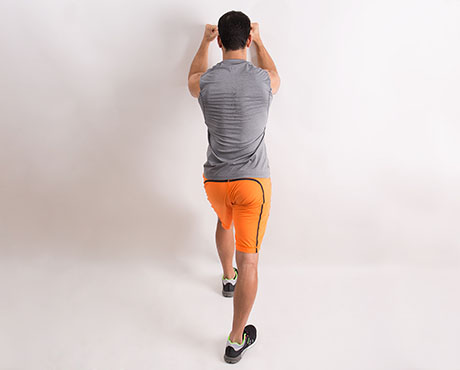
5. Triceps Extensions Against Wall
Get into a lunge position with your fist on the wall levelling your head. Use your triceps to push your fists into the wall.
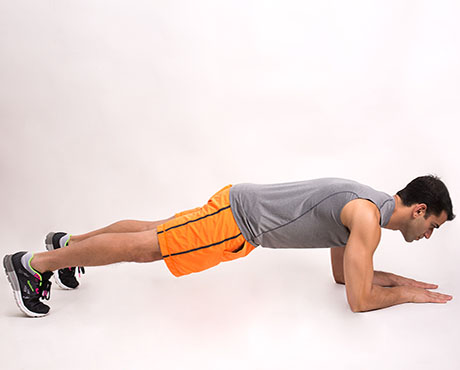
6. Forearm Plank
Get in a forearm plank position and make sure that your spine is straight. Tighten abs as hard as you can.
Normally, when people do this position they simply try to hold it with the strength coming from their biceps and arms. Little did they know, contracting your abs will provide even more benefits for your core.
This exercise is perfect for your abs.
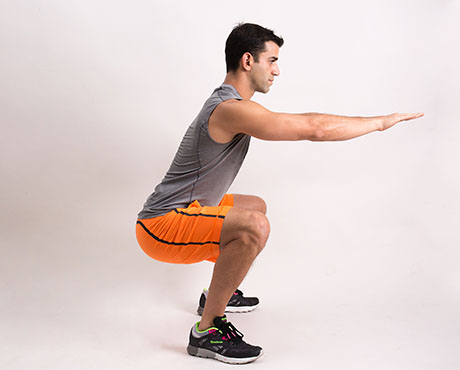
7. Low Squat
Stand with your feet about a shoulder-width apart. You need to squat down so your thighs are parallel to the floor.
Instead of just holding this position, try to squeeze your feet together. This will force your inner thigh muscles to contract even more.
This exercise is perfect for your glutes, quads and abductors.
Perform 3 reps of each exercise, contracting for 10 seconds each rep. If your goal is fat loss, use less force (60 to 70 per cent of your max contraction) and take short rest periods between 20 to 30 seconds.
If you’re doing it for strength and muscle growth, you should use more force (80 to 90 per cent of your max contraction) and take longer rest periods between sets (45 to 60 seconds).
